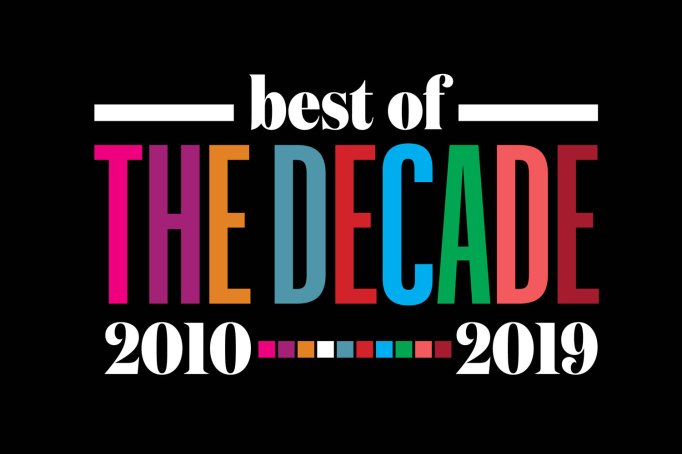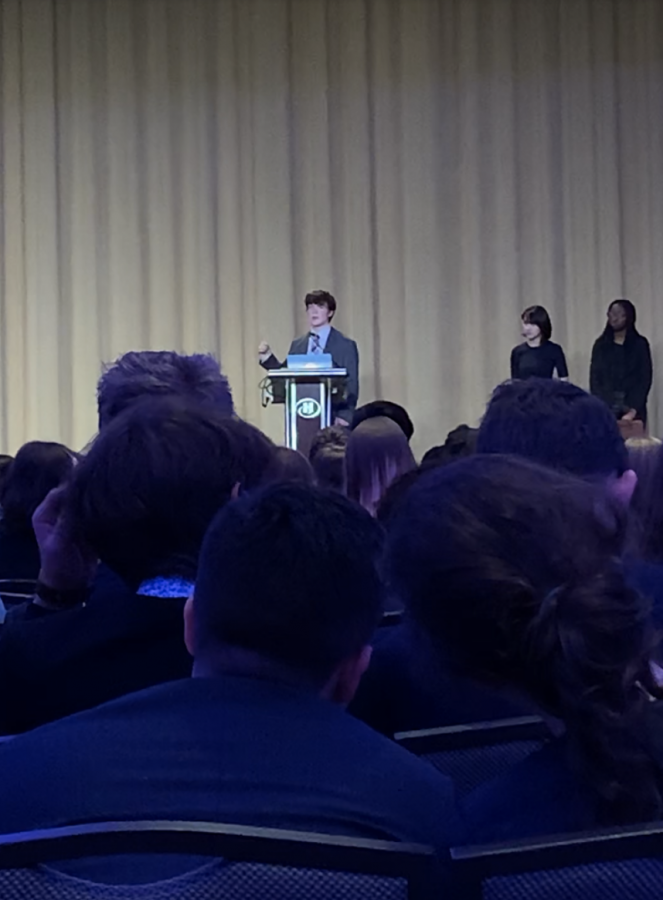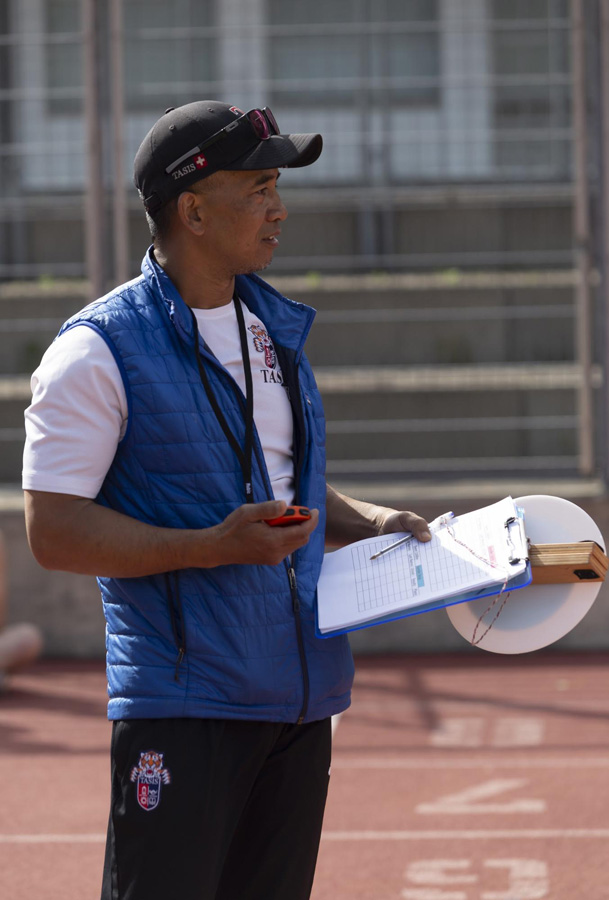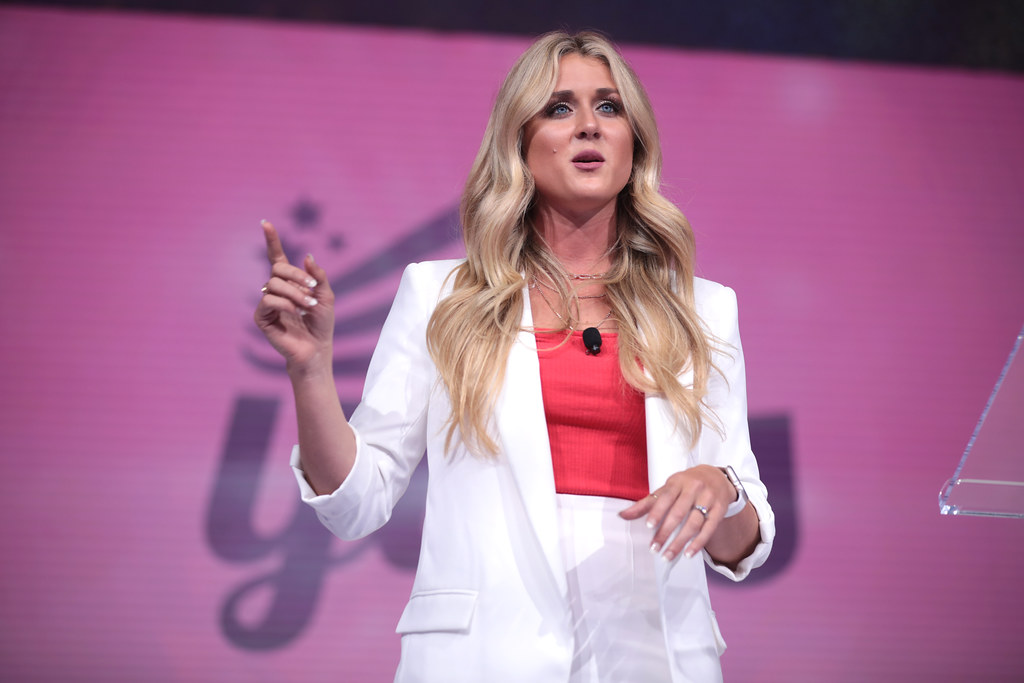Aoife Reynolds Once upon a time, deep in the woods where winter surrounded and snow glistened, there was a castle. An isolated castle home to talking objects and the abandoned prince turned beast, soon to be the home of a beautiful, young girl, capable of anything. Belle. The female role model I’ve always wanted. The princess I always wanted to be, a self-empowered, ambitious leader. Defying society’s norms with her love of books and desire to share her gifts, teaching the young girls around her to read. Impressed with vast libraries rather than gilded ceilings, and intelligence rather than good looks. Constantly criticized, she continues, defending her views and standing her ground. A well-read, cosmopolitan girl desperate for something more, seeking the opportunities denied to her but enjoyed by men all around. . It was just too good to be true. I saw the girl who carried the mindset of a feminist, but not always the actions. Imprisoned and locked away. Deprived of her freedom, father, and life that awaited far in the village she came from. Yet the man who punished her, was the man she loved. Soon at a faint sign of kindness, her values were forgotten and her power ceased. The beliefs she once stood for, shattered, as she continued in a relationship stemming from the abuse of a beast. Belle then became an example of weakness that partners of domestic abuse encounter, even an example of Stockholm Syndrome. The recognition she fought for and the energy she spent fighting; all was lost when she stayed, forgiving the beast. When faced with a partner who disrespects one emotionally and physically, one should, and needs to finds the courage within and leave. Not staying in hopes of changing someone who isn’t deserving of more chances – this is not the message Disney should be sending young girls. At the very least, it underestimates the difficult and lengthy challenge abusers must undertake to change their behavior. It is not a phenomenon that can take place in just a few days. By giving Belle intelligence and grit, but undermining her execution of these qualities as she stays powerlessly in love with her kidnapper, empowers the notions that portray all women as helpless. Her actions are just as significant as her interest and hobbies. Belle does eventually take matters into her own hands, as she voluntarily returns to the castle to assist the prince. Here we see a fearless woman who makes her own decisions and acts in alignment with her beliefs. While women struggle to combat sexist stereotypes, defined gender roles and, at times, physical and emotional abuse, the media depictions only exasperate the struggle. The story on screen translates to role models children will hold on to forever, to the dolls and toys they carry, to the stories they create themselves. Disney has taught the fundamental messages many times in their movies, ie, good over evil, don’t judge a book by its cover. But now they must focus on the more complex issues facing our society today. The mere fact is that Disney shouldn’t continue remaking and updating primitive patriarchal plots by modifying characters, such as Belle, with a more feminist touch. Relating a 21st century character to an 18th century society may create a feminist character, but does not create a feminist message. Rather they should seek to create new narratives and contexts along with new characters, reflecting the values of today and the ones we want to teach young girls to embody (along with their brothers).]]>
Categories:
Beauty & The Beast. Feminist?
April 15, 2017

1
More to Discover





















































